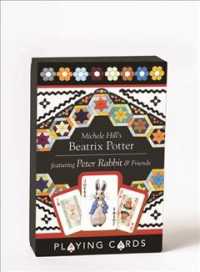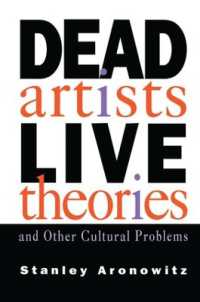Full Description
This is a practical educational resource to help teach the social rules of touch and personal space to children and teens with Autism Spectrum Disorder with the aim of keeping them safe and helping them to understand what are appropriate interactions in family, educational and community situations.
The lessons in the book look at different groups of people that the child is likely to encounter such as close family members, teachers, peers, strangers and medical professionals. Through photocopiable worksheets and activities children are taught about different types of touch and in what settings, where on the body, and for how long touch is appropriate with each group. The book also includes discussion on how best to teach the child to recognise if someone touches them inappropriately and what is appropriate when it comes to self-touch.
Contents
Acknowledgements. Introduction. How to Use This Book. Part I: Introductory Lessons. Lesson 1: Understanding Traffic-Signal Colors to Represent Stop, Slow Down, and Go. Lesson 2: Identifying and Listing People According to Groups. Lesson 3: Introduction for the Learner to the Topic of Touch. Part II: Learning about Touch with Different People-Groups. Lesson 4: Physicians, Nurses, Medical Technicians, and Emergency-Helpers. Lesson 5: Close Family Members or Adult Friends Who Are Like Family. Lesson 6: Younger Children. Lesson 7: Peers. Lesson 8: Teachers. Lesson 9: More Distant Family Members and Adult Family Friends. Lesson 10: Community Members and Strangers. Part III: Follow-Up Discussions. A. Protection From Abuse. B. Explanation of Urges to Touch Inappropriately. C. Touching Oneself. D. Proximity When Not Touching. E. Accidental Touches. References.








